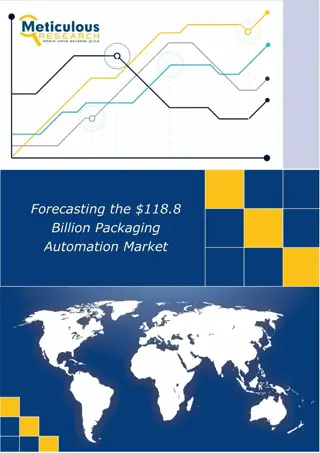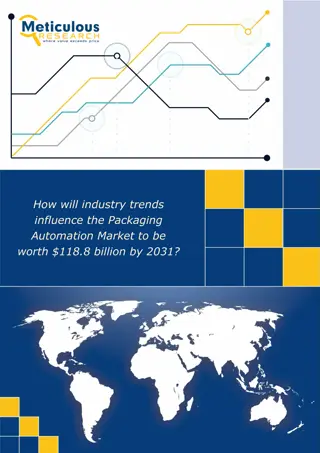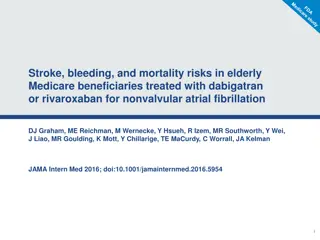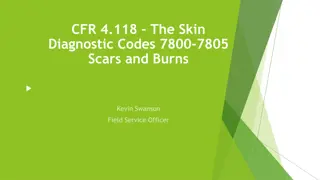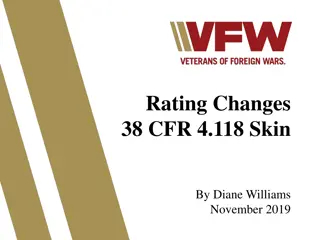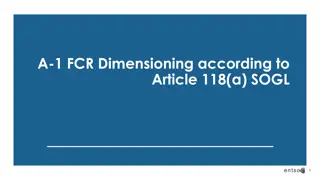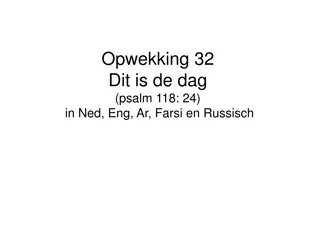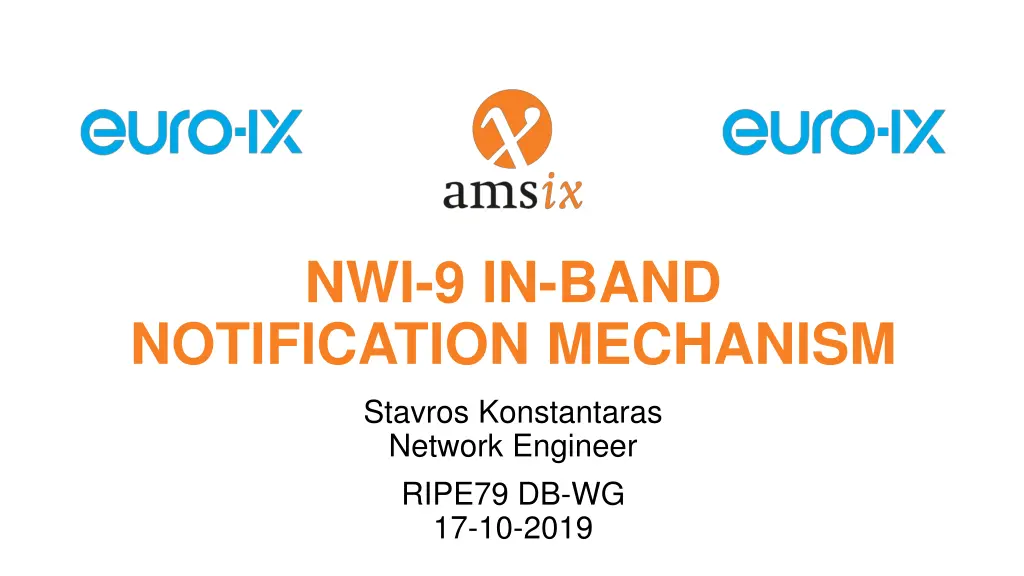
Network Engineering Insights at RIPE 79
Dive into the world of network engineering with valuable insights shared by Stavros Konstantaras at RIPE 79. Explore in-band notification mechanisms, AMS-IX initiatives, motivation behind updates, rate of changes, and requirements for efficient BGP operations.
Download Presentation

Please find below an Image/Link to download the presentation.
The content on the website is provided AS IS for your information and personal use only. It may not be sold, licensed, or shared on other websites without obtaining consent from the author. If you encounter any issues during the download, it is possible that the publisher has removed the file from their server.
You are allowed to download the files provided on this website for personal or commercial use, subject to the condition that they are used lawfully. All files are the property of their respective owners.
The content on the website is provided AS IS for your information and personal use only. It may not be sold, licensed, or shared on other websites without obtaining consent from the author.
E N D
Presentation Transcript
NWI-9 IN-BAND NOTIFICATION MECHANISM Stavros Konstantaras Network Engineer RIPE79 DB-WG 17-10-2019
Motivation #1 The graph below shows the amount of updates we get from the route-servers (only). As you can see, we are regularly getting big chunks of updates from AMS-1 and AMS-2. These periods of updates last between 5 and 15 minutes and are at semi-irregular intervals as shown above (AMS-IX customer)
Motivation #2 Even though it makes little sense, could it be it was a temporary "leak"? I mean the change on our side was 16:09 UTC, looks like the export-via update script at your side picked up the aut-num change at 17:00 UTC ... (AMS-IX customer)
Rate of changes since 2019/01 How often did policy aut-num and route/route6 objects change on hourly basis, since 2019-01? Fig 2: Changes in aut-num/rpsl objects since 2019-01 - without outliers
Distribution of amount of change ranges How many changes per hour are more frequent? ~ 73% of times the quantity of changes remain under 100 (refer to histogram). Fig 3: Frequency distribution in aut-num/rpsl object changes since 2019-01
Requirements Push Model Abandon Pull model Having RSs always available Less BGP updates to customers Fast filtering update Fast BGP convergence time Abandon monolithic configuration pipeline
To make the push model work NWI-9 Subscription People/Software agents sign-up for changes for objects that are interested for Signaling The server side notifies the client/subscriber about a changed that occurred Transport The server side delivers the deltas or the new object to the client side
But we have NRTM Focuses on transporting data It s a workaround on top of TELNET Not stateful, not stateless (Requires an initial setup from the client) Routing information objects are still subjected to RIPE memberships In any case, as RIPE engineers say, current NRTM is not suitable to solve NWI-9 (27 May 2019)
Looking for solutions A topic based publish-subscriber model can be adopted by RIPE NCC People/Agents express their interest for a specific topic e.g. changes of AS-SET AS-AMS-IX-RS When there is a change submitted for this topic, the People/agents receive a notification. Pub/sub provides the opportunity for better scalability than traditional client-server, through parallel operation, message caching, tree-based or network-based routing (Wikipedia)
Three approaches to go further Langzaam (slow) Snel (fast) Te snel (too fast)
Langzaam Replace NRTM with a new protocol (similar to RRDP) that accommodates all 3 requirements. We need to deal with the legal part first We need to design the new protocol (if needed), prototype, test, standardize, etc. But is a future-proof solution
Snel Implement a replacement NRTM interface, based on modern standards The interface is generally available without needing to be a member, or to sign an agreement. The protocol uses HTTPS and WebSockets, with object data in JSON format. A client can request the current available range of updates, and also request a closed or open range of updates. There is a concern of having RIPE engineers doing double work.
Te snel We consume Google s(?) existing Pub/Sub infrastructure RIPE engineers just write a connector that sends the updated object to Pub/Sub Clients receive it and trigger filter automation immediately Signaling part is solved, we still need to use NRTM and/or whois for the transport part Drawback: Google Positive: We can scrap it easily
Its a common issue During the last EURO-IX RS workshop Many IXP members expressed similar (bad) experiences and issues Many members expressed demand from their customers for faster and more accurate RS filters We decided: NWI-9 has the official support of the EURO-IX community The community foresees value on this item and asked RIPE NCC to schedule an implementation on that.
Stavros Konstantaras (AMS-IX) - stavros.konstantaras@ams-ix.net Emil Palm (NETNOD) - emil@netnod.se




